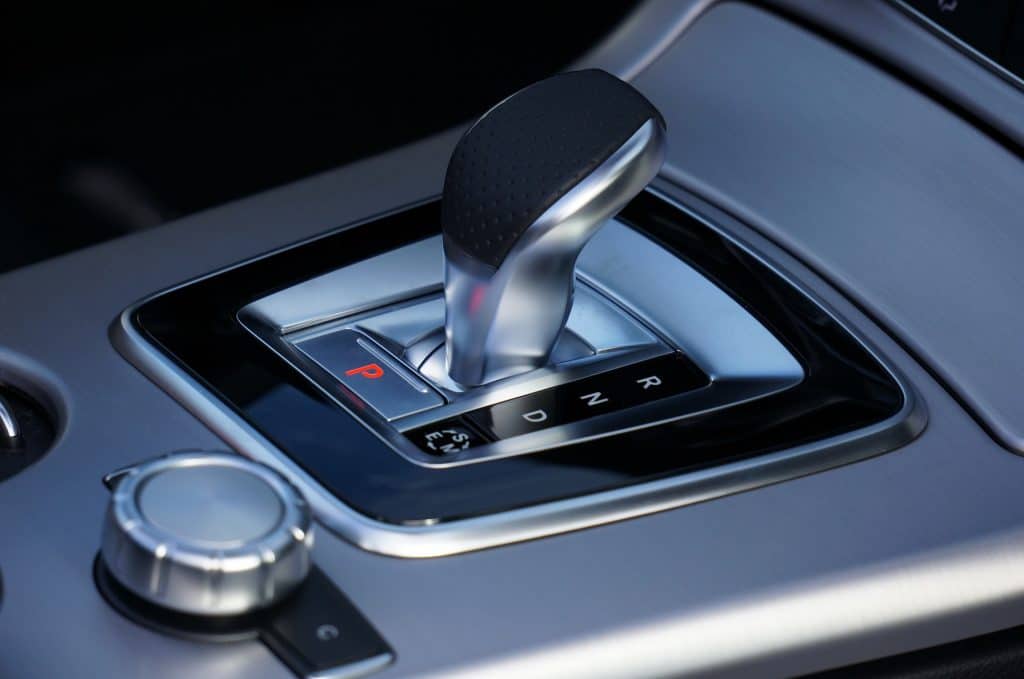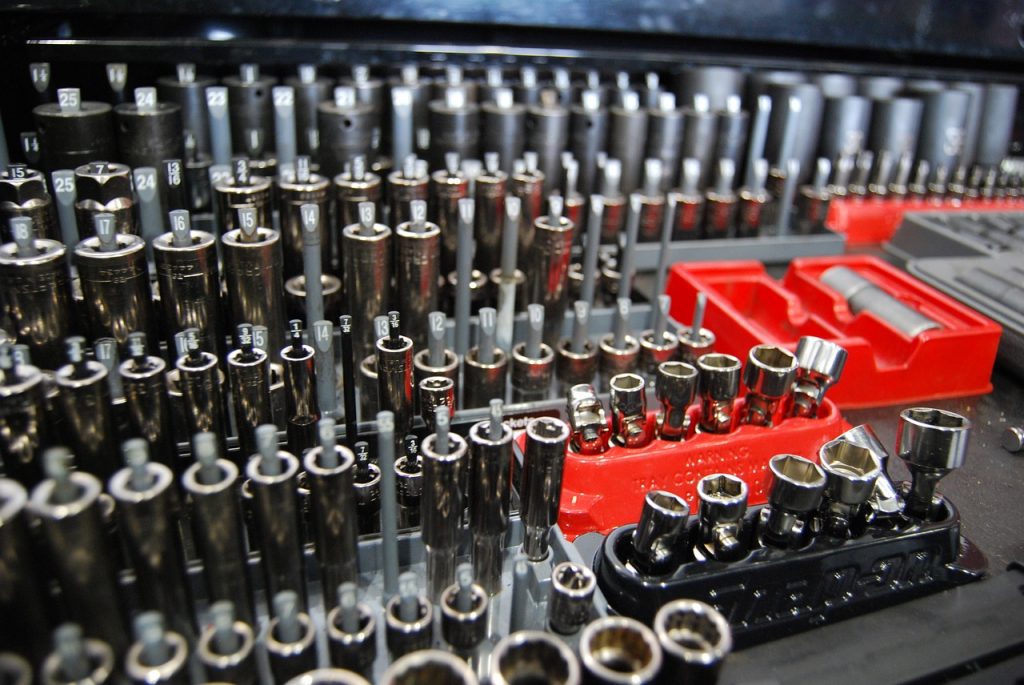Identifying Symptoms of a Bad Transmission Control Module


In automatic vehicles, the transmission control module (TCM), sometimes also referred to as the transmission control unit (TCU), is a computer-like device that controls the performance of the transmission.
The transmission control module works closely with the engine control module (ECM), the devices exchange signals that provide instructions for the performance of your vehicle. The engine control module sends data to the transmission control module, which allows it to compute when to change gears and change speeds for optimum performance.
The proper function of the transmission control module is essential to maintaining a vehicle’s gear settings, fuel economy, and emission controls. In some cases, TCMs can become worn out and result in sub-par performance of your car.
Symptoms of a Bad Transmission Control Module
Generally, symptoms of a bad TCM are easy to identify if you know what to look for. If your car is experiencing one or more of the signs below, you might need to replace your TCM.
Problems Shifting
Automatic transmissions rely on the transmission control module to signal when to shift of gears. A bad TCM can result in random shifting between gears, shifting to neutral on its own or getting stuck in neutral. If you are experiencing this issue, your vehicle is not safe to drive, and you’ll likely need to have your module replaced.
Poor Performance
If you notice that your car is not correctly picking up speed, or is struggling to go uphill, you may have a bad TCM. Your car’s speed depends on your gears cycling at the right time. If your TCM is faulty, then it may cycle through gears too quickly or too slowly which will negatively impact your car’s ability to accelerate properly.
Bad Fuel Economy
Poor efficiency in shifting will result in reduced fuel economy. A faulty TCM will require your vehicle to work harder to move uphill, or across rough terrain causing you to burn more fuel in the process. If you’ve noticed that your car is burning fuel faster than usual, it won’t hurt to get your TCM inspected by a mechanic.
Driving with a bad TCM is not recommended, it will usually handicap your vehicle or leave it functional in only two gears. Check for any mechanical reasons for the symptoms you’re experiencing before you decide to repair or replace your TCM.


Troubleshooting your TCM
In many cases, problems with the TCM are caused by a burnt circuit or a faulty resistor or transistor. In this case, an experienced mechanic should be able to diagnose the problem and repair the faulty part. In some advanced cases, it may be necessary to replace the entire TCU module.
When troubleshooting your TCM, it is highly encouraged to seek consultation from a mechanic or professional technician. Improper handling of the procedure can result in personal injury or damage to the TCM or your vehicle.
Sometimes, problems with your TCM can be resolved by cleaning and draining the module. You’ll need your car manual to be able to locate and remove the TCM for this procedure. This will require some advanced car repair knowledge and is not recommended for individuals without previous auto troubleshooting experience.
Tools you will need:
- – Phillips-head Screwdriverlol
- – Universal Socket Set
- – Electrical Connector Spray Cleaner
- 1. Turn off the ignition, if possible disconnect the battery completely.
- 2. Engage the Emergency brake and place the car in Neutral position
- 3. Use your auto manual to locate the transmission control module. In most cars, the TCU will be located in the distributor cap under the hood.
- 4. Open the hood of the car, prop up the door and locate the distributor cap on the engine.
- 5. Carefully remove the distributor cap by loosening the attached Phillips-head screws. Warning: Be extra careful not to spark the plug wires in the distributor cap.
- 6. Remove the Transmission Control Module, typically located in the distributor assembly, by separating the two connectors in the TCM first. The remove the supporting nuts and bolts holding the TCU in place.
- 7. Drain the TCU fluid and use an electronic connector spray cleaner to clean the TCU and connectors.
- 8. Replace the bolts, nuts as well as the wire connectors to reinstall the connector back to its location.
If the above troubleshooting method fails to resolve your TCM issue, you should consider working with a professional to have your TCM replaced.


Repairing or Replace your TCM
Thankfully, problems with the transmission control module are not very common and typically appear in older cars with 75,000 or more miles. However, if you find yourself needing to replace your TCM, it can get a bit costly.
RepairPal reports that a TCM replacement will generally range from $600-$700 depending on several factors. Part costs will constitute of the majority of the cost of a repair, while labor costs are estimated between $87 and $111 excluding taxes and fees.
Solo PCMS is an industry leader in the replacement of ECUs, PCMs, TCMs and ECMs. Our remanufactured auto computers come with a lifetime warranty and can help consumers save up to 80% on repair or replacement. Get in touch with one of our expert technicians today and get back on the road in no time









